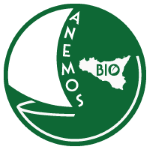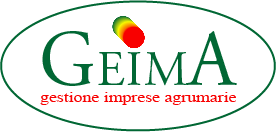
Oranges
The orange is an excellent fruit, rich in vitamin C and vitamin A and most of the vitamins B, calcium and phosphate. The skin that covers it, known as the pericarp, preserves its cleanliness and makes its consumption very hygienic. The inner part of the fruit is called endocarp and is divided into lodges or segments that contain the juice. The orange juice can be consumed fresh and furthermore, cooked with sugar, it gives good jams. The peel, dried, candied or otherwise prepared, is used for cakes and, in addition, provides an essential oil, the essence of bark, requested by liqueur industry, perfumers and pharmacists. The oranges are divided into two varieties: blond oranges and blood oranges.
Blond oranges:
- Navelina;
- Ovale;
- Valencia.
Blood oranges:
- Tarocco;
- Moro;
- Sanguinello.
Variety
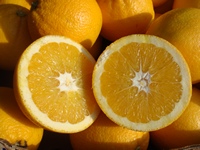
Navelina
Harvest period ranges from October to February gradually increasing its sugar content (Brix). The peel is thin/medium with yellow/red colouring according to the maturation stage.
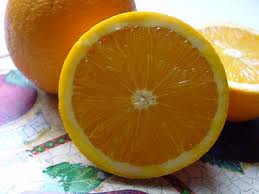
Ovale
Harvest period ranges from March to May. The colour of the peel is yellow/orange.
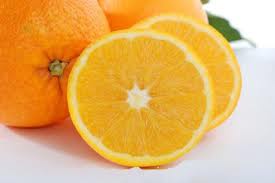
Valencia
Harvest period ranges from March to June. It has a spherical shape and the colour of the peel is light orange.
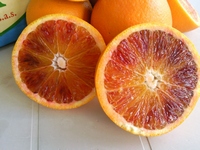
Tarocco
Harvest period ranges from December to March. It has a spherical shape that ends with a “mouth”. Its peel is compact, thin or medium with yellow/red nuances.
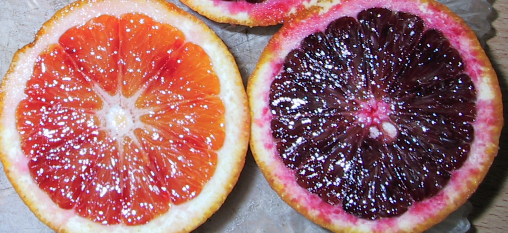
Moro
Harvest period ranges from December to February. The shape is a little squat. The peel is medium and the colour is orange intense with red shades.
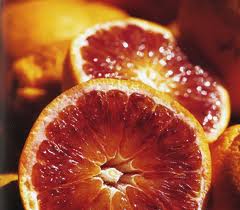
Sanguinello
Harvest period ranges from February to April. The colour of the peel is orange with red shades. The shape is oblong, flattened in the lower part. The skin is compact, pale yellow shaded on one side.

